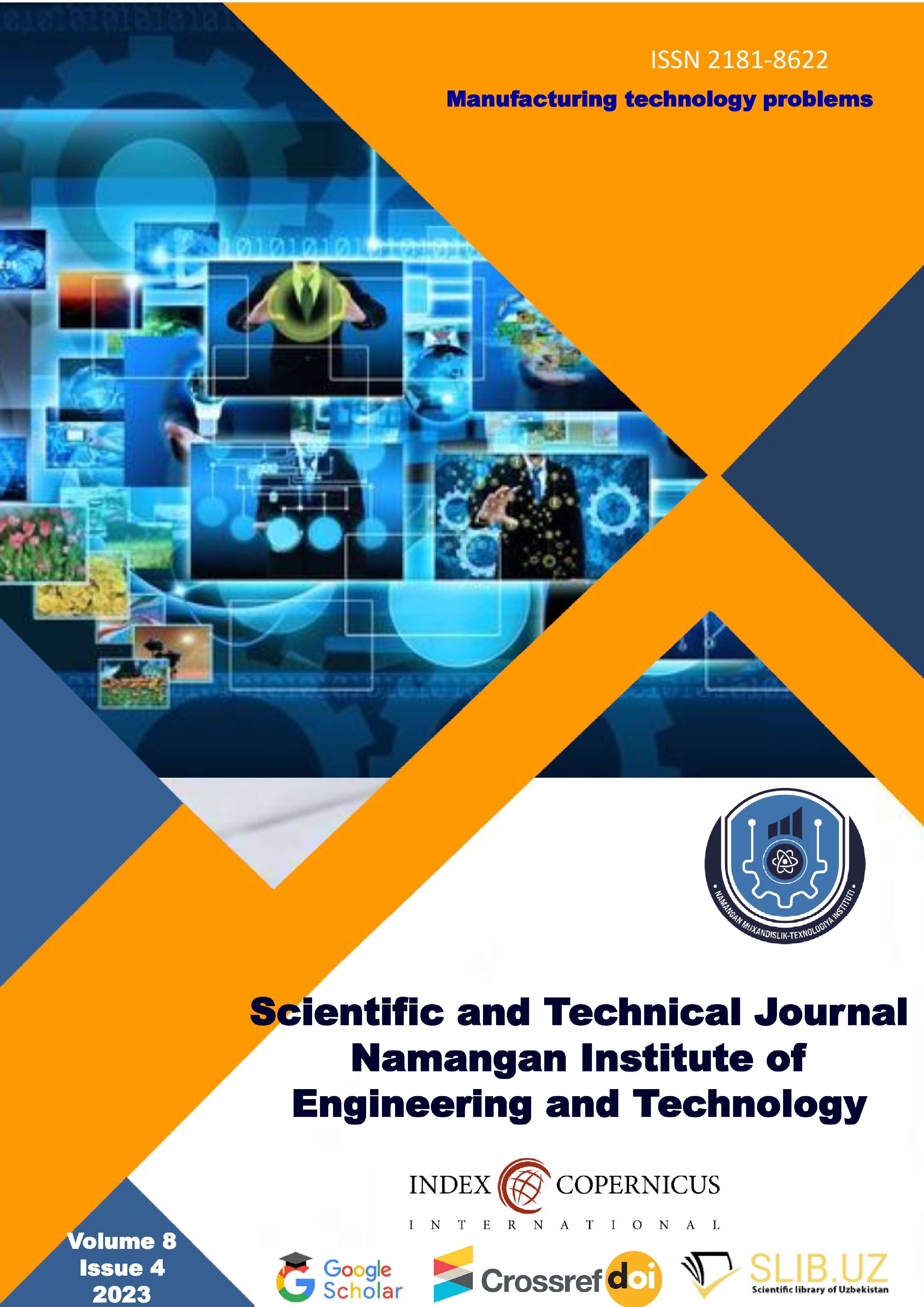MODELING OF STRENGTH RELIABILITY AND TRANSFORMATION OF A KNITTED LOOP AT THE LIMIT STATE OF THE STRUCTURE
DOI:
https://doi.org/10.61151/stjniet.v8i4.330Ключевые слова:
knitwear, strength reliability, deformability, structure, knitwear deformation mechanism, transformation of the loop, loop transformation coefficientАннотация
Abstract.
Objective. The aim of research is studying the mechanism of strength reliability and transformation of a knitted loop at the limit state of the structure. Сomparative analysis of the transformation of the loop of various knitted fabrics, it is advisable to introduce the concept of the average coefficient of transformation of the loop ψcp was introduced.
Methods. The model of three-stage stretching of knitwear must be borne in mind that the increment of deformation is carried out due to the elongation of the thread on the scale of the loop structure, which occurs after the curved sections of the loop are straightened and the sliding (displacement) of the contact points between the mating loops is completed.
Results. Thus, the introduced loop transformation coefficient ψ can quantitatively characterize the degree of loop variability in the limit state, when the loop step and the height of the loop column take on the maximum possible values. On the other hand, this coefficient may indirectly reflect the mobility of the loop structure.
Conclusion. For the considered types of stitches (rib, satin stitch, interlock), of course, the highest mobility has plain (ψc = 1.456) and the lowest - interlock (0.617), which is explained by the peculiarity of the stitch structure. So, for example, interlock stitch, which is a derivative of an rib, has the largest set of external bonds (“saturation”) among the stitches under consideration, which determines the relatively low mobility of the structure.




